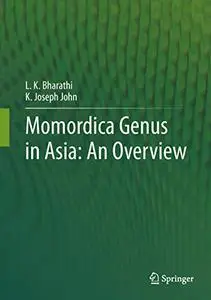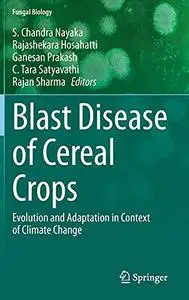Momordica genus in Asia - An Overview by L.K. Bharathi, K Joseph John
English | PDF | 2013 | 159 Pages | ISBN : 813221031X | 4.8 MB
Asiatic Momordica comprises 10 species of which 3 are monoecious and rest dioecious. They are unique in the sense that all are wild or cultivated vegetables with medicinal uses. Barring bitter gourd, all are under utilized vegetables with little research and conservation efforts. In this book, the authors have presented the available information on various aspects of Asiatic Momordica like taxonomy, cytogenetics, crop improvement, origin, ethnobotany and crop production at one place.



